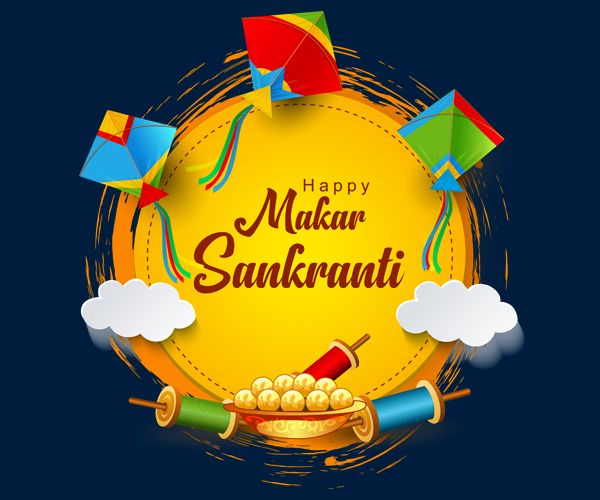
Makar Sankranti
Makar Sankranti is observed in the Hindu lunar month of Magh. Unlike other Hindu festivals with varying dates, Makar Sankranti consistently falls each year on January 14th or 15th. This is due to its reliance on the Solar Calendar rather than the Luni-Solar Calendar. As a solar event, the festival generally occurs on January 14th, but in some years, when the Sun enters Makara Rashi after sunset on the 14th, it is celebrated on January 15th. This marks the Sun's entry into the Capricorn sign (Makara) and the beginning of the auspicious Uttarayana phase, considered the ideal time for achieving 'mukti' (liberation).
According to a legend from the Mahabharata, Bhishma awaited Uttarayan to breathe his last. Wounded fatally in the Mahabharata war with arrows piercing his entire body, Bhishma endured Fifty-One nights on a bed of arrows before finally succumbing. He chose the auspicious day of Uttarayan to attain Mukti, seeking liberation from the cycle of rebirth.
